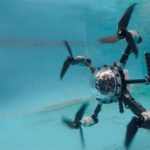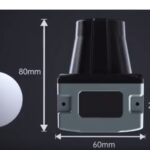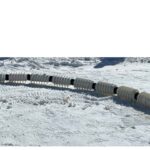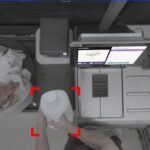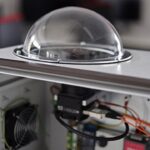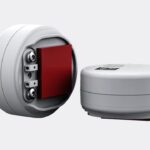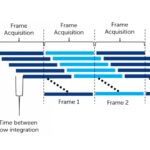While flying drones are common in military, consumer, and even commercial applications, there are a few intriguing, much smaller and less familiar flying drones in development. Called a micro air vehicle (MAV), or micro aerial vehicle, this class of very small flying drones have applications in agriculture, disaster relief, by both military and enterprise users, […]
What’s the difference between sensors used in underwater, flying, and creeping robots or drones? part 1
Obviously, different design requirements exist depending on the targeted applications, but autonomous or remotely piloted drones also dictate different criteria. One of the more unique underwater applications involved undersea (in the ice) measurements in Antarctica. The intent of the expedition was to gather sufficient, highly accurate information to improve modeling of ice shelf melting and […]
What advanced sensing techniques are used in cobots?
Most robots incorporate a broad range of sensing technologies to better understand the operating environment and to fulfill their design purpose. These sensors provide information about position, size, orientation, velocity, distance, temperature, weight, force, and more. For collaborative robots or cobots that operate in a close proximity to and even interact with humans, additional sensing […]
How are sensors being used in new applications?
Sometimes learning about how sensing technology is used in an application that the reader is not that familiar with can provide inspiration for a new approach in an area that they are very familiar with. That is the intent of the applications that follow. Even if they are not used for inspiration, they make interesting […]
What new products have been introduced using available/ existing sensors?
Product shrinkage. While mass organized or coordinated theft has devastated specific business establishments, with the increasing use of self-checkouts, some honest, normal shoppers are taking what they have not paid for as well. According to the National Retail Federation (NRF), the global shrinkage rate in retail stores is about 1.4-1.6% of annual retail sales. This […]
How have smart sensors changed within the last few years? Pt 2
The true value of a smart sensor comes from its ability to analyze, interpret, and convert the acquired data into usable information. This can be achieved by the sensor itself or its use in a sensing node. Additional attributes with high value that can offset increased cost include self-calibration, fault-detection, higher reliability and reduced maintenance […]
How have smart sensors changed within the last few years? Pt 1
When the IEEE and the National Institute for Standards and Technology (NIST) first addressed the need for a smart sensor standard in 1993, today’s dominant application for sensors – the smart phone – did not exist. At that time, automobiles were already successfully using a variety of sensors to meet government legislation for emissions control […]
How does AI use sensors for object recognition? Pt 2
In addition to healthcare, another prominent use of object recognition has emerged as the capability to see further than ever before has increased dramatically. The James Webb Space Telescope’s (JWST’s) ability to see further also results in a considerable increase in astronomical images. Sifting through these images for new information about the beginnings of the […]
How can sensors prevent long term damage to homes/ structures?
In your home, sensors can detect hazardous and dangerous situations that directly and imminently impact the homeowner or other people in the home. These situations could include a fire that can damage the home and even endanger its inhabitants, hazardous chemicals, such as natural gas, that only affects human inhabitants, burglary that can impact both […]
How does AI use sensors for object recognition?
In addition to its use in facial recognition, artificial intelligence (AI) also plays a critical role in advancing object recognition. Perhaps one of key and leading-edge applications for AI is in image recognition and diagnostics in healthcare. According to a technology assessment report published by the U.S. Government Accountability Office (GAO) with content from the […]

